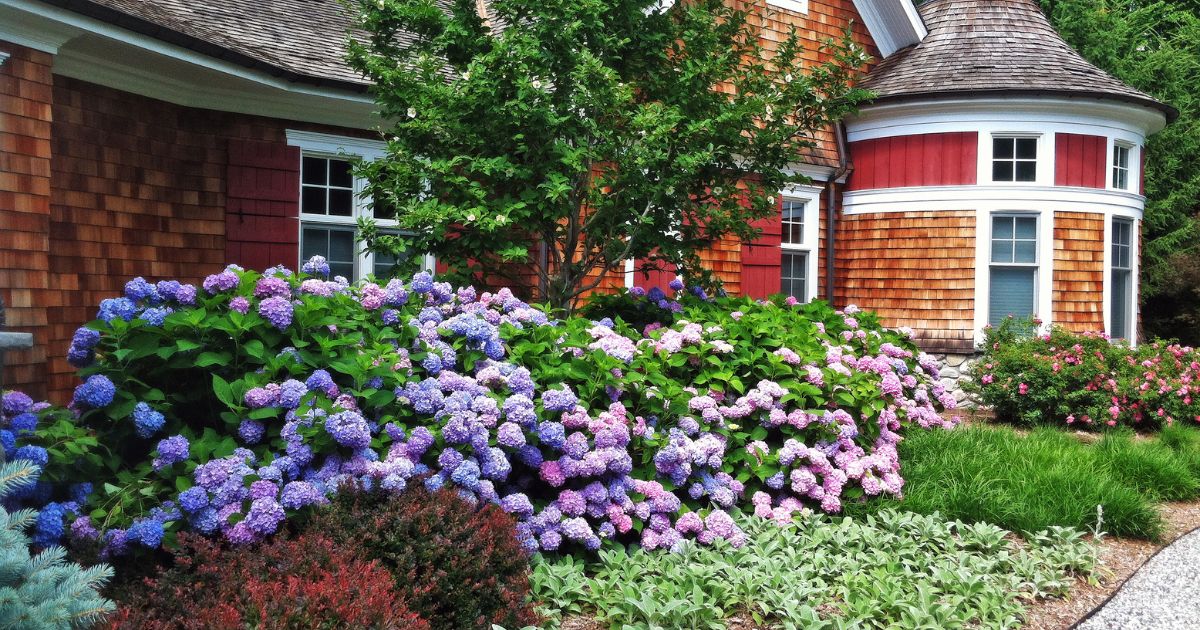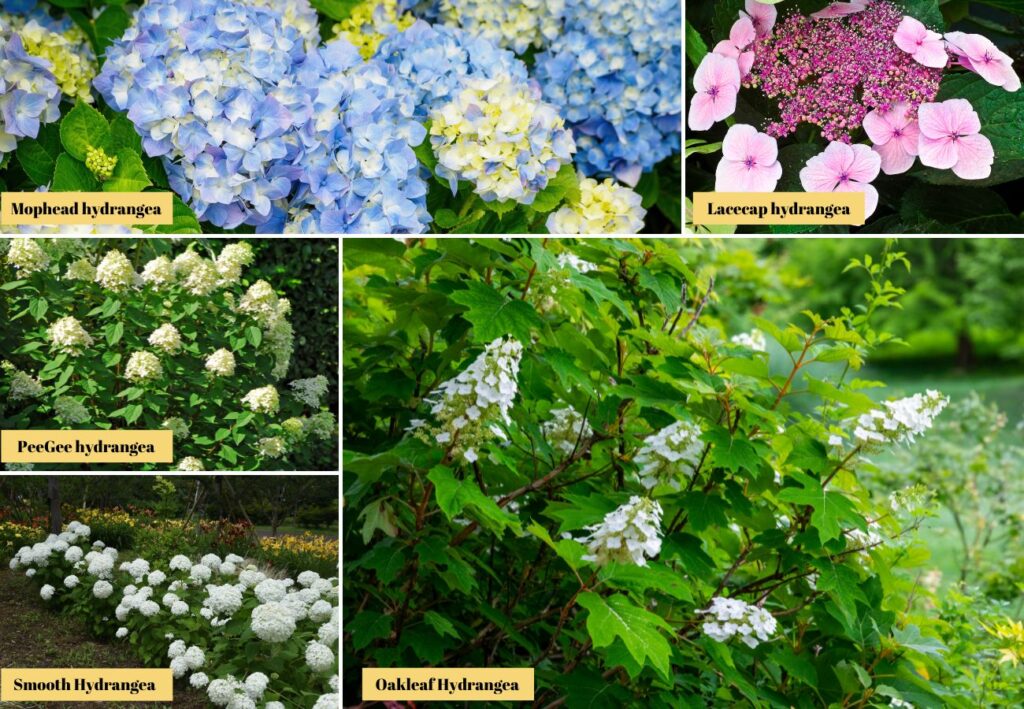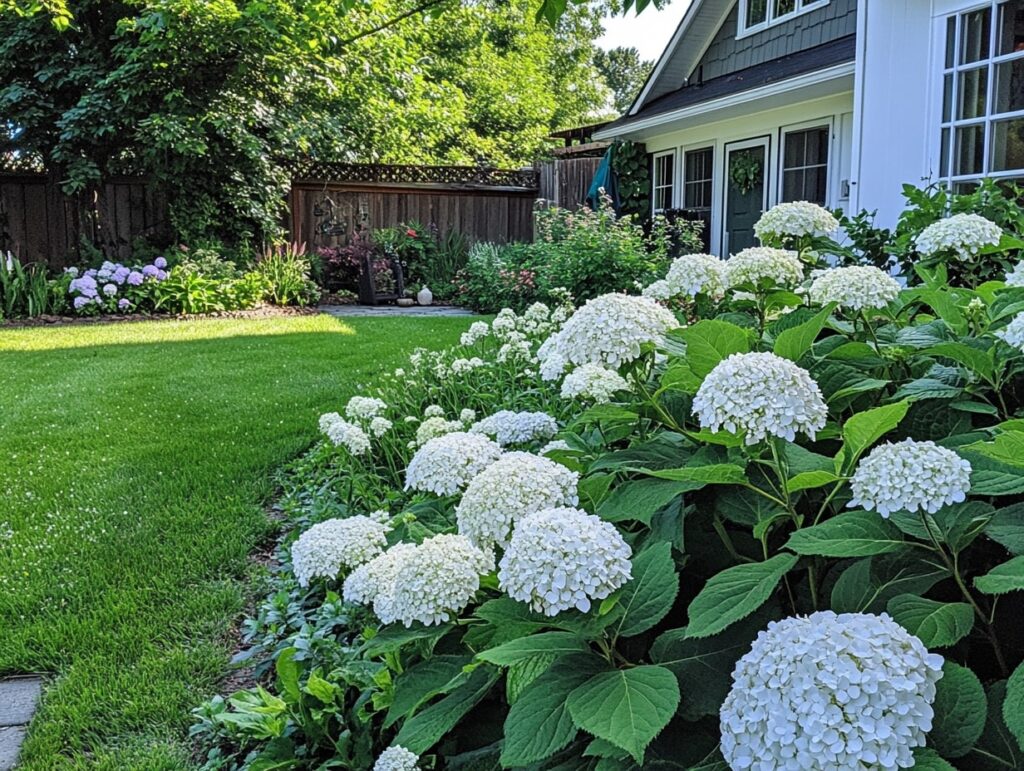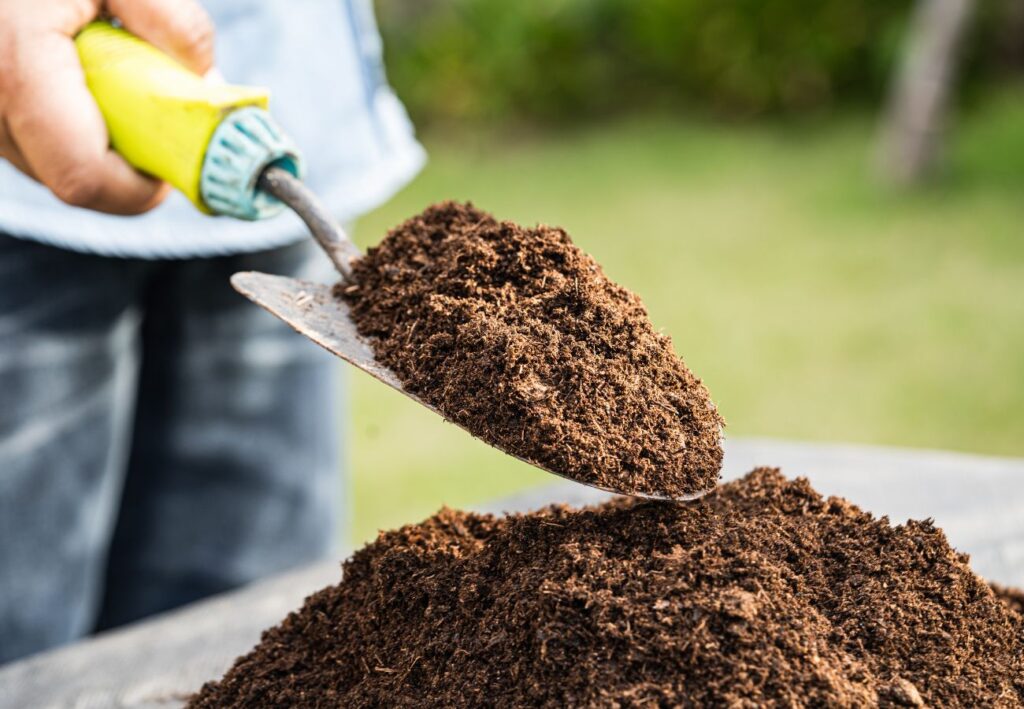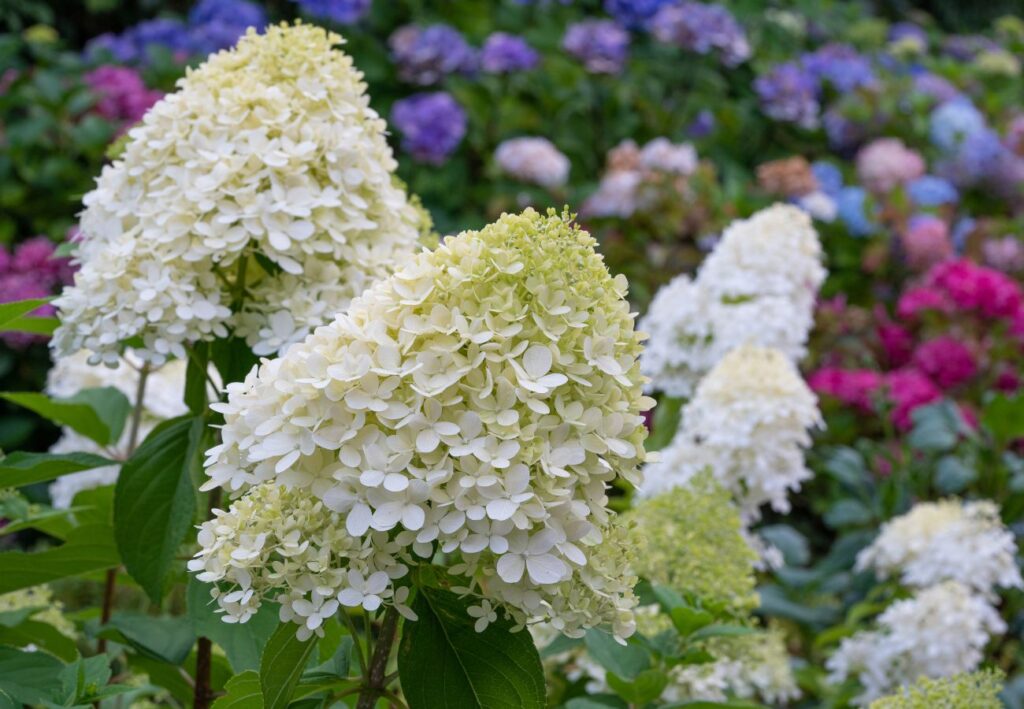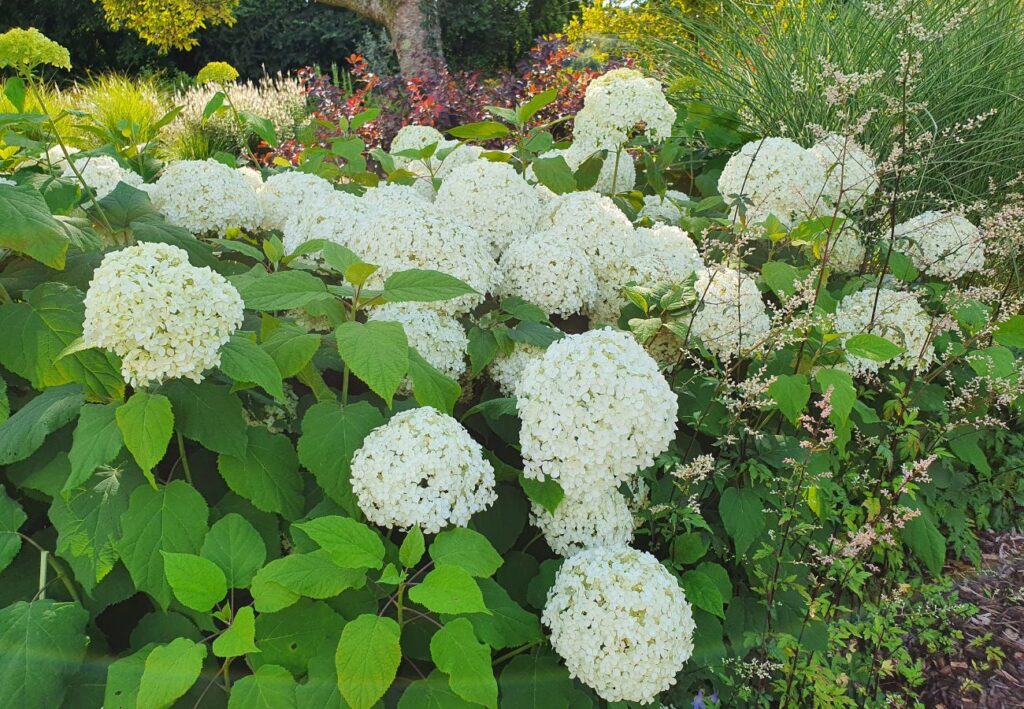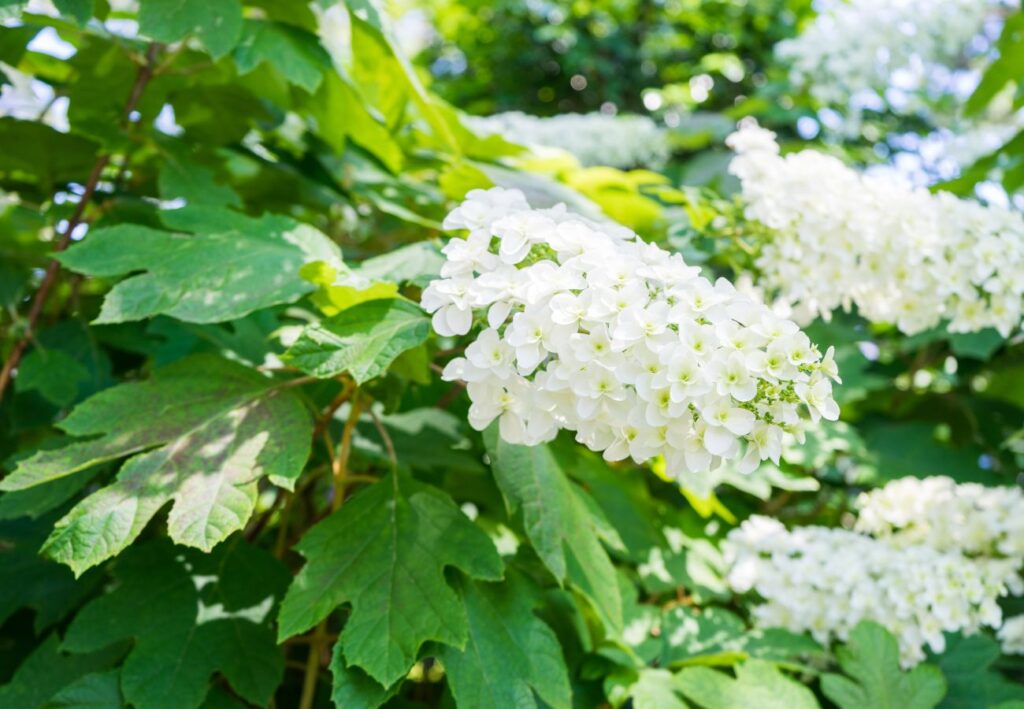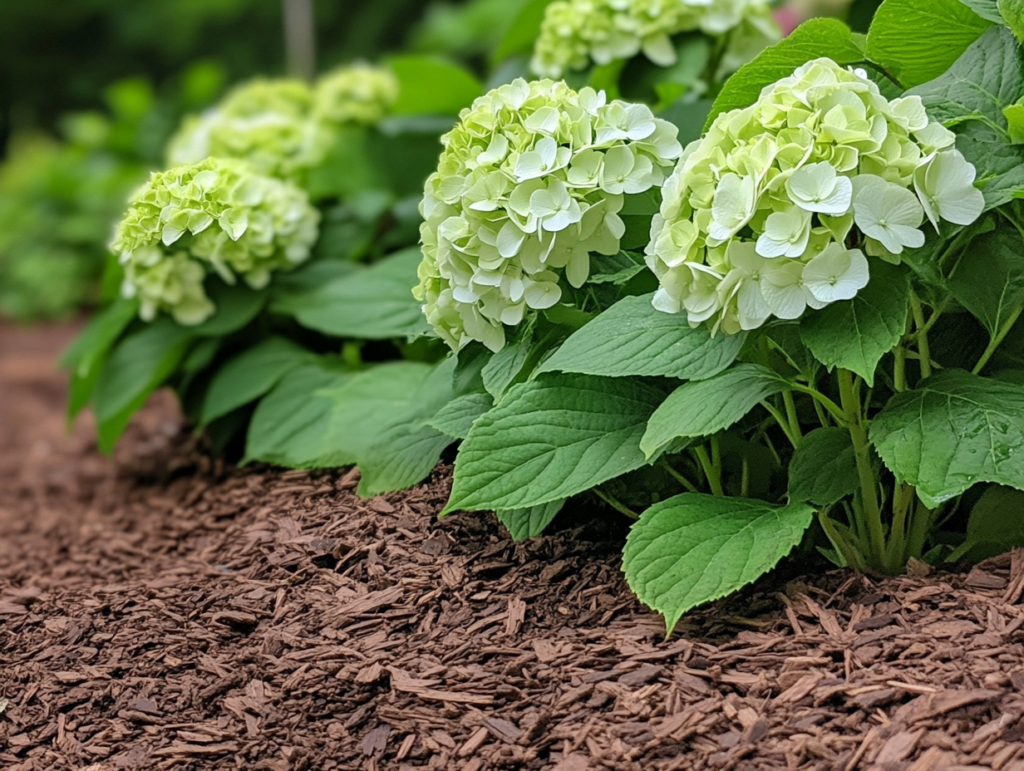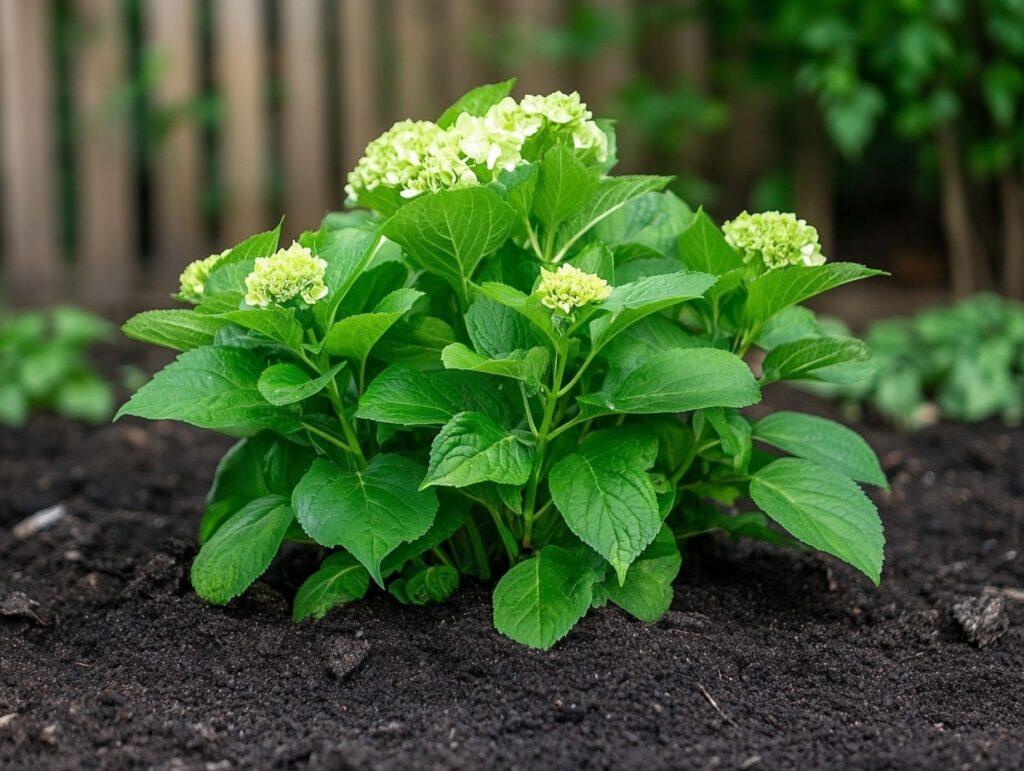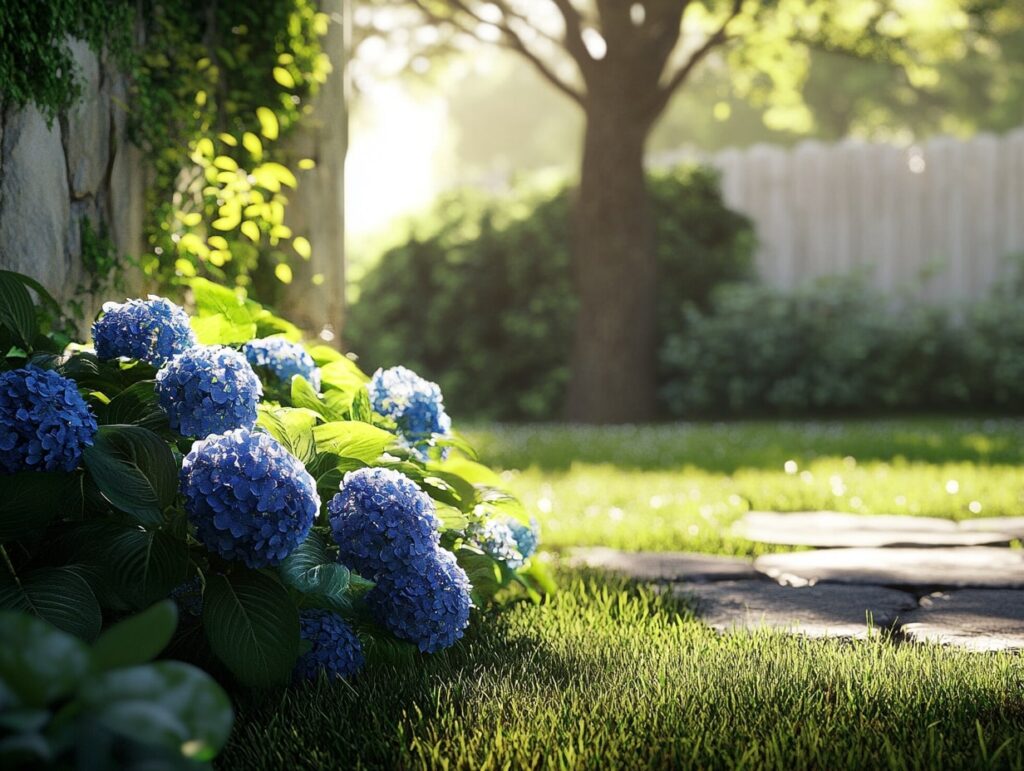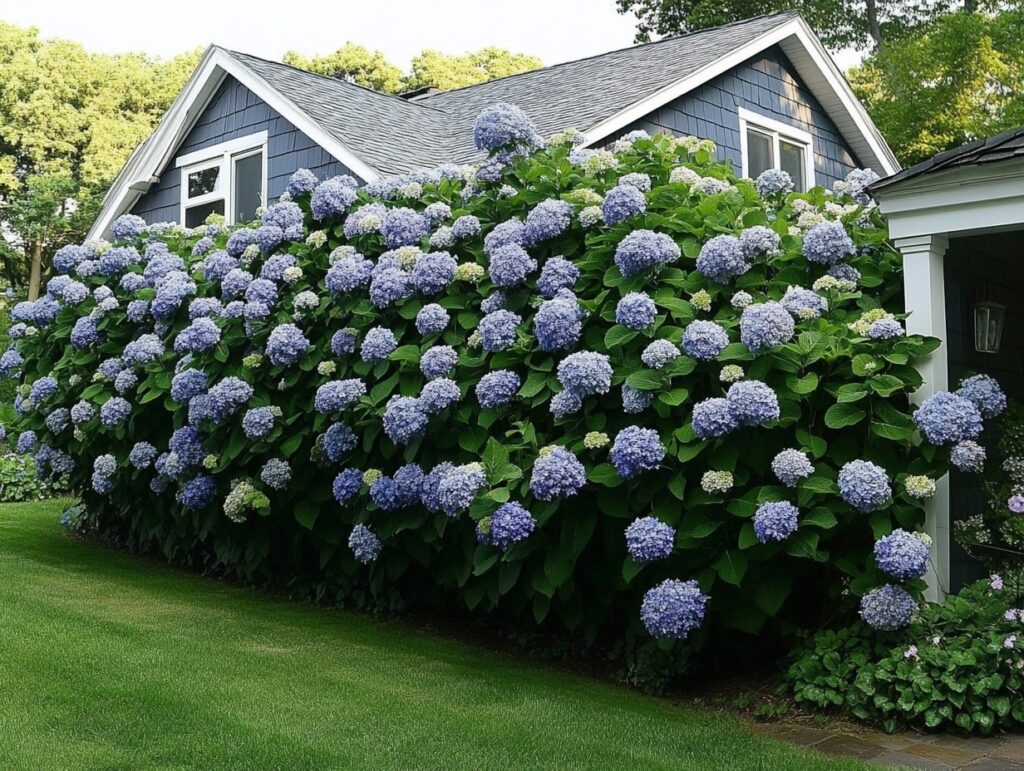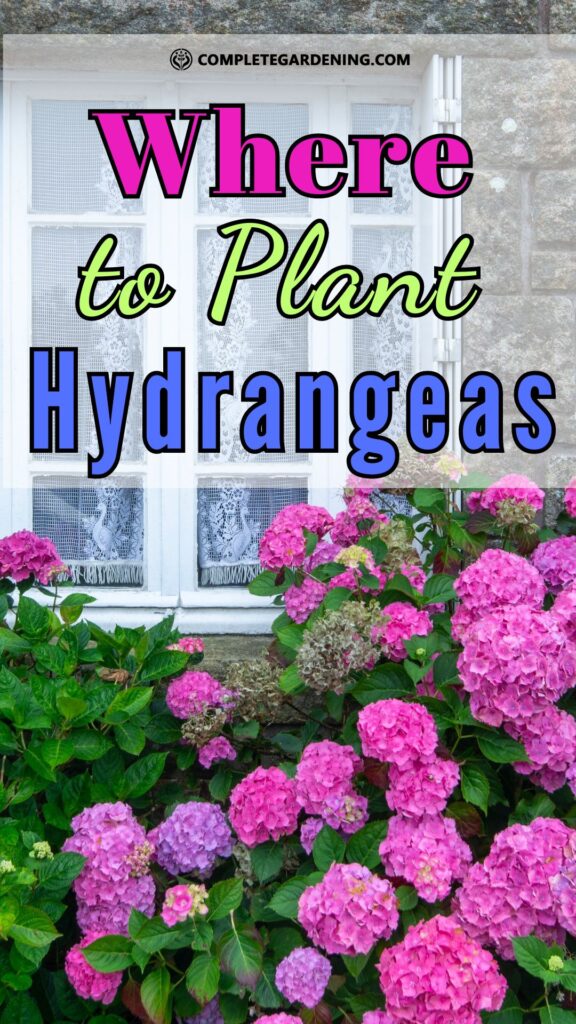What if the secret to jaw-dropping hydrangeas isn’t just in the soil or water, but in where you plant them? Picture your garden bathed in the soft hues of these gorgeous blooms, effortlessly catching the eye of anyone who passes by.
The key lies in choosing the right spot—north or east—where they can soak up the perfect mix of sunlight and shade. Curious about how this simple choice can make all the difference? Let’s dive in and uncover the best way to ensure your hydrangeas flourish.
Understanding Hydrangeas
Hydrangeas are versatile and beautiful flowering plants known for their large blooms and varying colors. To achieve the best results in growing them, you need to know about different types and their specific preferences.
Types of Hydrangeas
There are several varieties of hydrangeas, each with unique characteristics.
Mophead hydrangeas are the most common, featuring large, round flower clusters.
Lacecap hydrangeas have flatter flowers with a ring of larger petals around smaller ones.
PeeGee hydrangeas are known for their panicle-shaped flowers and ability to grow in tree form.
If you prefer a climbing plant, try Climbing Hydrangeas. Smooth Hydrangeas are excellent for colder climates, while Oakleaf Hydrangeas stand out with their foliage that turns red in fall.
| Type | Key Features |
|---|---|
| Mophead | Large, round clusters of flowers |
| Lacecap | Flat clusters with larger outer petals |
| PeeGee | Panicle-shaped flowers, tree-like growth |
Hydrangea Preferences
Hydrangeas thrive best with specific care. Most types prefer partial shade, avoiding direct, harsh sunlight. Soil type is crucial; they need moist, well-drained soil.
Adjust the soil pH to influence bloom color: acidic soil leads to blue flowers, while alkaline soil results in pink blooms.
Watering is essential for hydrangeas. Keep the soil consistently moist, especially in dry periods. Mulching helps retain moisture and keeps roots cool. Fertilize hydrangeas in early spring with a balanced fertilizer to promote healthy growth and vibrant blooms.
Ideal Planting Locations
Hydrangeas thrive best when they receive the right balance of sunlight and shade and are planted in soil that meets their specific needs.
Sunlight and Shade Requirements
Hydrangeas generally prefer a mix of sunlight and shade. Morning sun paired with afternoon shade is ideal. This balance provides enough light for growth while protecting them from intense afternoon sun, which can cause wilting.
In particularly hot climates, look for a spot that offers dappled light throughout the day. If your region has cooler summers, hydrangeas can handle more direct sunlight. Beware of deep shade, as too little sunlight can result in fewer blooms and leggy growth.
Soil Considerations
Hydrangeas thrive in moist, well-drained soil. Soil pH can also affect flower color; for instance, acidic soil produces blue flowers, while alkaline soil results in pink blooms.
Integrate organic matter such as compost to improve soil quality and drainage. Hydrangeas do not tolerate waterlogged conditions, so avoid low-lying areas where water might accumulate.
Test your soil before planting to ensure it meets the necessary conditions. Adjusting pH and amending the soil can greatly impact your hydrangea’s health and flowering potential.
Best Side of Your House for Hydrangeas
Choosing the right side of your house for hydrangeas can impact their growth and bloom. Hydrangeas thrive with specific sunlight and shade patterns, so placement is key.
North-Facing Sides
North-facing sides provide shade for most of the day. This setting is ideal for hydrangeas that prefer less direct sunlight. Hydrangeas such as Hydrangea macrophylla or Bigleaf Hydrangea, which have large, colorful blooms, can thrive here.
These plants enjoy the cooler temperatures and consistent moisture.
However, ensure that the soil drains well to prevent root rot. You might also need to monitor for mold and mildew due to the dampness. Mulching helps in retaining soil moisture and reducing temperature fluctuations.
East-Facing Sides
East-facing sides receive morning sun and afternoon shade. This balance is perfect for hydrangeas that need moderate sunlight. Hydrangea paniculata, also known as Pee Gee Hydrangea, is a good choice for this location.
Morning sun helps in stimulating blooms, while afternoon shade protects the plant from scorching.
Mulching here can also assist in keeping the roots cool during the hotter parts of the day. Ensure your soil has good organic content to support healthy growth. Regular watering in the morning can help the plant to absorb moisture efficiently.
South-Facing Sides
South-facing sides get the most intense and prolonged sunlight throughout the day. This level of exposure can be too harsh for many hydrangea species. You might choose more sun-tolerant varieties like Hydrangea arborescens, commonly known as Smooth Hydrangea.
It is crucial to provide ample watering and consider using shade cloth during peak afternoon hours. Soil quality should support moisture retention without waterlogging.
Learning your plant’s hydration needs is essential in this high-exposure setting to prevent stress and wilting.
West-Facing Sides
West-facing sides provide afternoon sun which is more intense than morning sun. This location suits hydrangeas that are slightly more sun-tolerant but still need protection from direct afternoon heat.
Hydrangea quercifolia, or Oakleaf Hydrangea, adapts well here due to its tougher branches and foliage.
These hydrangeas will benefit from wind protection to prevent desiccation. Soil mulching and regular watering will help in maintaining necessary moisture.
Consider planting additional ground cover to protect roots from overheating and keeping your hydrangeas happy and healthy.
Planting and Care Tips
For healthy and beautiful hydrangeas, it’s essential to provide correct watering, regular pruning, and appropriate fertilization.
Watering Regimen
Hydrangeas thrive on a consistent watering schedule. Deep watering about 1-2 times per week provides much-needed moisture without causing root rot. During particularly hot, dry spells, you may need to increase the frequency.
Morning is the ideal time to water to avoid prolonged dryness and reduce mildew risks. Use a soaker hose or drip irrigation to ensure water reaches the roots directly.
A layer of mulch around the base helps retain moisture. Keep mulch 2-3 inches thick and away from the stems to discourage pests and rot.
Pruning Practices
Pruning hydrangeas maintains shape and promotes healthy growth. Different types of hydrangeas have varying pruning needs. For example, bigleaf and oakleaf hydrangeas should be pruned after they bloom, usually by late summer.
Remove dead or damaged wood first. Cut back about a third of the older stems to the ground to encourage new growth.
When shaping, make cuts just above a leaf node to stimulate robust flowering. Avoid over-pruning as it can reduce blooms for the next season.
Fertilizing Fundamentals
A balanced, slow-release fertilizer supports hydrangea health. Typically, these fertilizers have equal parts of nitrogen (N), phosphorus (P), and potassium (K), such as a 10-10-10 ratio.
Apply fertilizer in early spring when new growth begins. Follow the instructions on the product label for the correct amount. Over-fertilizing can harm plants, causing excessive leaf growth at the expense of flowers.
To enhance blooms, consider adding a soil acidifier for blue hydrangeas or lime for pink hydrangeas. Always test your soil before altering its pH to prevent unnecessary adjustments.
Seasonal Considerations
Hydrangeas thrive when planted with the right seasonal timing in mind.
Spring
Planting in the spring gives hydrangeas ample time to establish roots before the heat of summer. Select a spot that receives morning sun and afternoon shade.
Summer
Summer planting can stress the plants due to heat. If summer planting is necessary, ensure consistent watering and mulching to retain moisture.
Fall
Fall is another excellent season for planting. Cooler temperatures and increased rainfall help the roots grow deeply before winter.
Winter
Avoid planting hydrangeas in winter. The cold can shock the young plants and hinder root development.
Watering Needs
During all seasons, hydrangeas require consistent watering. Adjust your watering routine based on seasonal rainfall and temperature changes.
Light Requirements
Monitor the sunlight your planting spot receives throughout the seasons. Hydrangeas need about 4-6 hours of sunlight daily but prefer shade during the hottest part of the day.
Protection from Elements
Use mulch to protect the roots from extreme temperatures and to retain moisture. In colder regions, you might need to cover your plants to shield them from frost.
Pay attention to your local climate and adjust planting and care routines accordingly. This ensures your hydrangeas thrive year-round.
Growing hydrangeas that truly stand out in your garden isn’t just about watering schedules or soil amendments—it’s about making smart choices in where you plant them.
By understanding the specific needs of your hydrangeas and selecting the optimal location, such as a north or east-facing side of your home, you can create an environment where these beautiful blooms can thrive.
With the right balance of sunlight, shade, and soil conditions, your hydrangeas will not only survive but flourish, turning your garden into a captivating display of color and vitality.
Remember, a little attention to detail in the planting stage can lead to years of breathtaking beauty. So, take the time to choose the perfect spot, and enjoy the rewards of a garden filled with stunning hydrangeas that will leave everyone who sees them in awe.
